




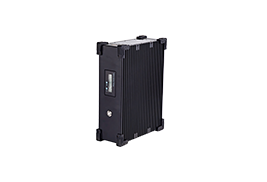


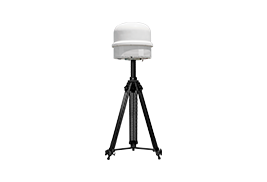




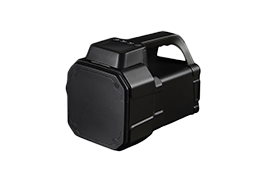
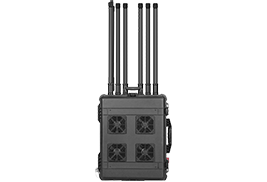
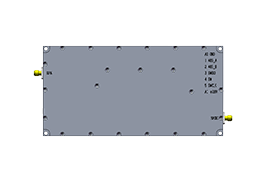
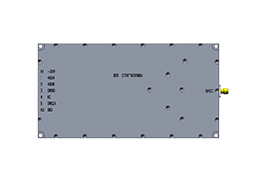
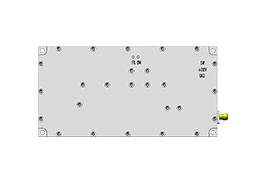



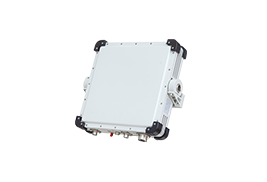



 X
X







 GLOBAL / ENGLISH
GLOBAL / ENGLISH

UAV jamming technology refers to the disruption of a drone system, causing it to lose its normal operational capabilities or degrade its performance. Common UAV jamming techniques include the following:
Signal Jamming: By transmitting interfering signals that match the frequency and modulation method of the drone, the communication link between the drone and the ground station is disrupted, rendering the drone unable to receive commands or control.
Electromagnetic Interference: Utilizing electromagnetic pulses or radiation to interfere with the internal electronic components of a drone, damaging circuits and components, leading to malfunction or destruction.
Photonic Interference: Through the emission of lasers or intense light, the photonic sensors of the drone are interfered with, preventing accurate perception of the external environment, causing flight instability or misjudgment.
Spoofing Interference: By mimicking the communication protocols and signal characteristics of the drone system, posing as a legitimate drone, misleading or attacking the target drone.

UAV Anti-Jamming Techniques
UAV anti-jamming techniques refer to the adoption of corresponding technical measures in response to various jamming methods, enhancing the anti-jamming capabilities of the drone system to ensure its stable operation in complex environments. Here are some common UAV anti-jamming techniques:
Frequency Hopping Communication: By continuously changing the communication frequency, interference signals are unable to accurately track and disrupt the drone's communication link. Frequency hopping communication technology significantly improves the anti-jamming capability and security of the drone communication system.
Spread Spectrum Communication: Adopting a broadband transmission method, spreading the signal over a wider frequency band, thus reducing the impact of interference signals on drone communications. Spread spectrum communication technology enhances the drone communication system's resistance to multipath and jamming.
Anti-Jamming Antennas: Utilizing multiple antennas and diversity reception techniques to improve the stability and reliability of received signals. Anti-jamming antennas effectively reduce the influence of interference signals on the drone's communication link, enhancing communication quality.
Encrypted Communication: Encrypting drone communication data to prevent interception and tampering by interference signals. Encrypted communication technology safeguards the security of drone communication data, enhancing the overall security of the drone system.
Intelligent Recognition and Interference Suppression: Through intelligent recognition of the characteristics and types of interference signals, implementing appropriate interference suppression measures to minimize the impact of interference signals on the drone system. Intelligent recognition and interference suppression technology enhances the drone system's anti-jamming capabilities and intelligence.
In the military domain, UAV anti-jamming technology is of paramount importance for ensuring the successful completion of reconnaissance, strike missions, and other tasks. In the civilian sector, UAV anti-jamming technology improves the operational stability and safety of drones in complex environments, providing support for a wide range of application scenarios.












